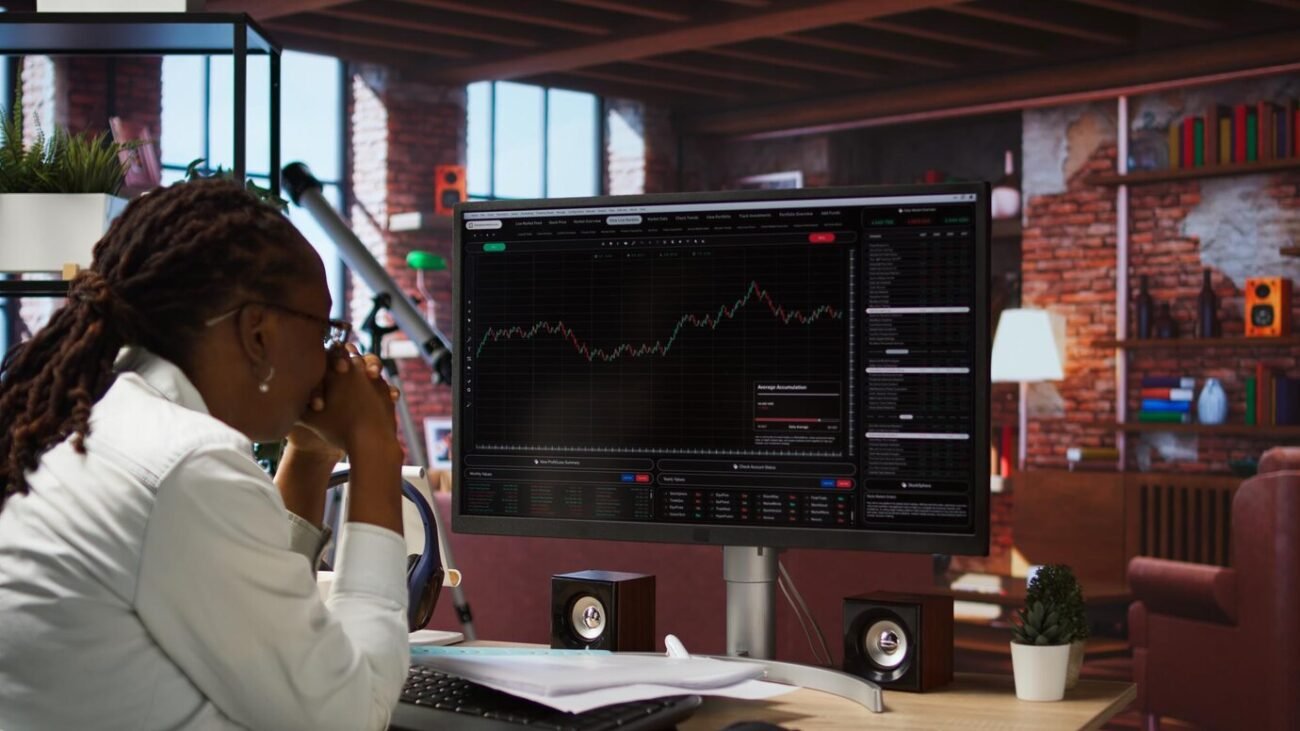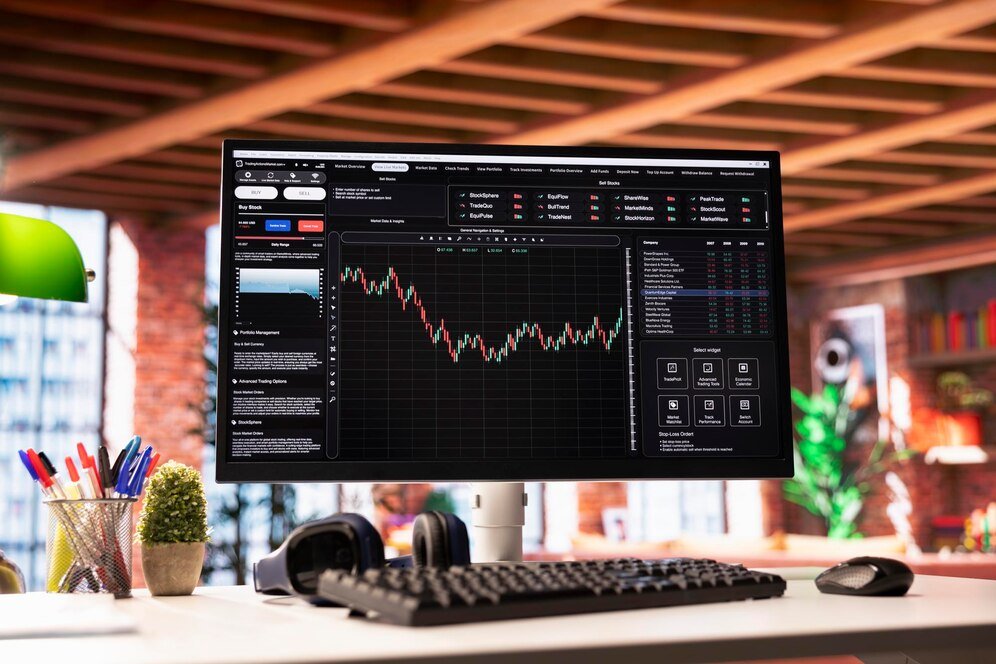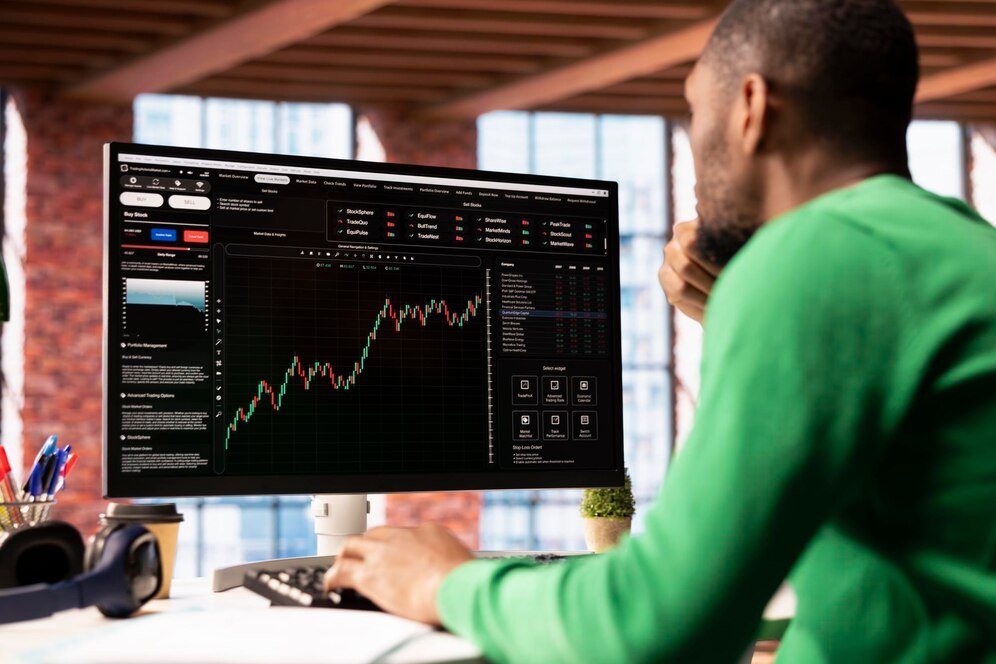Cryptocurrency has become one of the most exciting and dynamic financial markets in recent years. As the popularity of digital assets like Bitcoin, Ethereum, and many altcoins grows, more people are looking to enter the world of crypto trading. For beginners, one of the first and most important steps is choosing the right cryptocurrency exchange.
With dozens of crypto exchanges available, all offering different features, fees, and security measures, selecting the best platform can be a daunting task. In this blog, we’ll guide you through the key factors to consider when choosing a cryptocurrency exchange, so you can start your crypto journey on the right foot.
1. User-Friendly Interface
As a beginner, the ease of use of the exchange is one of the most important factors to consider. The crypto market can be complex, especially for new users, and using an exchange with a simple, intuitive interface will help make your experience smoother.
What to Look For:
- Clean Layout: The exchange should have a user-friendly design that helps you easily navigate through different sections like buying, selling, and managing your portfolio.
- Beginner-Friendly Features: Many platforms offer features tailored specifically to new users, such as educational resources, simplified buying options, and helpful customer support.
- Mobile App: A mobile app that mirrors the functionality of the website can help you trade and manage your investments on the go.
Example: Platforms like Coinbase and Binance offer streamlined, easy-to-navigate interfaces that are ideal for beginners.
2. Security Measures
Security should be your top priority when choosing a crypto exchange. Cryptocurrencies are a target for hackers, and you want to ensure your funds are safe. Look for exchanges that provide robust security features to protect your account and investments.
What to Look For:
- Two-Factor Authentication (2FA): This extra layer of security requires you to verify your identity with a second factor (like a code sent to your phone) when logging in or making transactions.
- Cold Storage: Many exchanges store a majority of their assets in offline “cold storage” to protect them from online attacks.
- Insurance Policies: Some platforms, like Coinbase, offer insurance in case of a breach, ensuring that your funds are covered in the event of a hack.
Example: Gemini is known for its strong security features, including 2FA, insurance for digital assets, and strict regulatory compliance.
3. Supported Cryptocurrencies
Different exchanges support different cryptocurrencies, so it’s important to choose an exchange that offers the coins you’re interested in trading. Beginners might start with Bitcoin and Ethereum, but many traders eventually look to invest in altcoins.
What to Look For:
- Popular Cryptocurrencies: Ensure the exchange supports the most popular cryptocurrencies like Bitcoin (BTC), Ethereum (ETH), and Litecoin (LTC).
- Wide Range of Altcoins: If you’re interested in exploring a variety of altcoins, look for exchanges that support many different digital currencies.
- Stablecoins: Some exchanges also offer stablecoins (e.g., USDT, USDC) that are tied to the value of fiat currencies like the US dollar, which can provide stability in a volatile market.
Example: Binance and Kraken offer a wide range of cryptocurrencies, including both major coins and lesser-known altcoins.
4. Fees and Charges
Fees can quickly add up, especially when making frequent trades. As a beginner, understanding the different types of fees (trading fees, withdrawal fees, etc.) and how they are structured will help you avoid unexpected costs.
What to Look For:
- Trading Fees: Many exchanges charge a fee for each trade (buying and selling). These fees are typically lower for high-volume traders, but as a beginner, you’ll want an exchange that offers competitive rates.
- Deposit and Withdrawal Fees: Be aware of any fees associated with depositing and withdrawing funds, particularly if you’re using a bank transfer or a specific payment method like a credit card.
- Hidden Fees: Look out for other hidden costs, such as fees for converting between cryptocurrencies or withdrawal limits that can incur additional charges.
Example: Binance is known for its low trading fees, often starting as low as 0.1%, which makes it a great option for beginners looking to trade more frequently.
5. Liquidity
Liquidity refers to how quickly you can buy or sell an asset at a given price. Higher liquidity generally results in tighter spreads, meaning you can buy and sell without significant price changes between the bid and ask.
What to Look For:
- Large Trading Volumes: Exchanges with high trading volumes often have better liquidity, ensuring that you can execute trades quickly without large price slippage.
- Order Book Depth: A deep order book indicates that there are many buy and sell orders available at different price levels, making it easier to execute your trades at desired prices.
Example: Coinbase and Binance are known for having high liquidity, which helps minimize slippage when entering or exiting positions.
6. Payment Methods
The ability to fund your account easily is another key factor to consider when selecting an exchange. Different exchanges offer different deposit and withdrawal methods, including bank transfers, credit cards, PayPal, and even Payoneer.
What to Look For:
- Bank Transfers: Most exchanges accept bank transfers, which can take a few days to process but are often the cheapest option.
- Credit/Debit Cards: Many platforms accept credit and debit cards, though these may come with higher fees for deposits.
- Cryptocurrency Transfers: If you already hold cryptocurrency in another wallet, some exchanges allow direct transfers to fund your account.
Example: Coinbase accepts a wide range of payment methods, including credit and debit cards, bank transfers, and PayPal (for withdrawals in some regions).
7. Customer Support
Especially for beginners, strong customer support can make a big difference when navigating challenges. Look for an exchange that offers reliable, responsive customer support.
What to Look For:
- 24/7 Support: Crypto markets operate around the clock, so it’s essential to have access to customer support at any time.
- Multiple Channels: Choose exchanges that offer multiple support channels, such as live chat, email, and phone support, to ensure you can get help when needed.
- Knowledge Base: An exchange with a comprehensive help center or knowledge base can save you time when looking for answers to common questions.
Example: Kraken is known for its responsive customer support team and educational resources, making it a great choice for beginners.
8. Regulatory Compliance
In a rapidly evolving industry like cryptocurrency, regulatory compliance is a key consideration. Ensuring that the exchange complies with local and international regulations can provide peace of mind and protection.
What to Look For:
- Licenses: Check whether the exchange is regulated by financial authorities in its operating country. This ensures that the exchange is following certain legal standards and practices.
- Anti-Money Laundering (AML) and Know Your Customer (KYC) Policies: These are regulations that help prevent fraud and money laundering, and exchanges that comply with them are typically safer and more trustworthy.
Example: Gemini is a U.S.-based exchange that is fully regulated and compliant with U.S. laws, which makes it a trusted platform for beginners concerned about regulatory issues.
9. Reputation and Reviews
Before committing to an exchange, it’s a good idea to research its reputation. Look for reviews from other users, check for any security breaches, and see what experts are saying about the platform.
What to Look For:
- User Reviews: Read both positive and negative reviews from other users to get a balanced understanding of the exchange’s performance, customer service, and reliability.
- Security History: Look up the exchange’s history regarding security breaches and how they handled them. A clean history indicates that the exchange is focused on safeguarding user funds.
Example: Coinbase and Kraken have consistently received positive reviews for their user-friendly interface and strong security measures.
Conclusion: Choosing the Right Exchange
Choosing the right cryptocurrency exchange as a beginner is crucial to ensuring a smooth entry into the world of digital assets. When selecting an exchange, consider factors such as user interface, security features, fees, liquidity, and customer support. Take your time, do your research, and select a platform that aligns with your specific needs and trading goals.
By choosing the right exchange, you can confidently begin your crypto journey, knowing you have a platform that is secure, user-friendly, and efficient. Happy trading!













